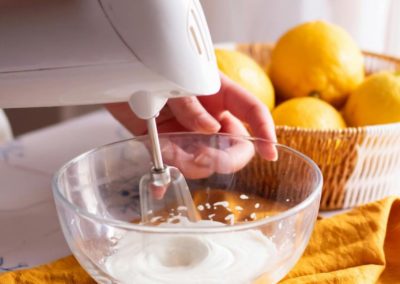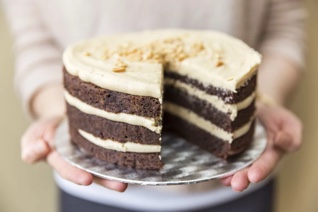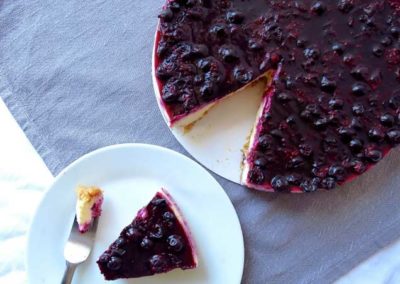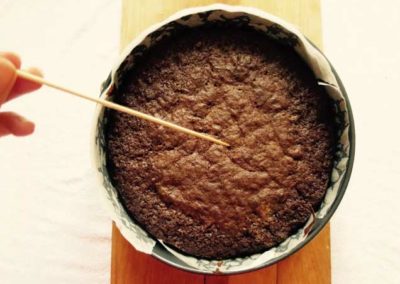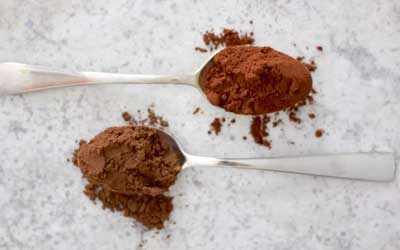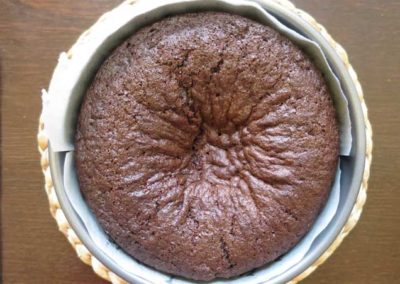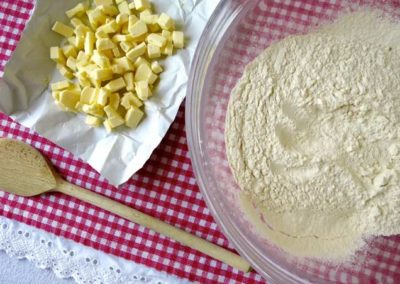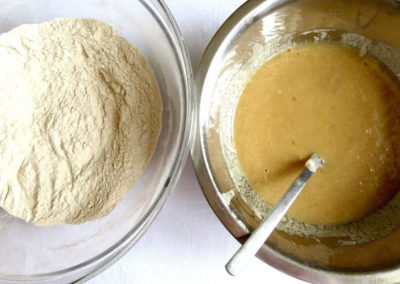
HOW TO: TIPS & TRICKS
NATURAL COCOA POWDER VS DUTCH COCOA POWDER
What’s the difference between the two!? Can you substitute Dutch cocoa powder for nautral cocoa powder? Let’s find out.

Let’s talk about cocoa.
Why?
Because cocoa powder can be a little confusing – like when trying to decipher the difference between natural cocoa powder and dutch process cocoa powder.
In my early baking days, I just looked for the word “cocoa” and didn’t worry too much what came after or before it. I thought that dutch process cocoa powder was just a better quality cocoa because it was usually more expensive and had a darker colour – I was very wrong.
Have you ever wondered what the difference was?
If so, allow me to explain (warning, this could get a little nerdy).
What is cocoa powder?

Well, it’s delicious!
…and we have Dutch chocolate maker, Van Houten to thank for it. In 1828 he developed a hydraulic press which was designed to remove 60% to 90% of the cocoa butter from the cocoa nib (the centre of the cocoa bean). What resulted was a dry ‘cake’ of cocoa particles containing 10% – 35% of cocoa butter and this was then finely ground and sieved to produce cocoa powder. It’s still made like this today.
Van Houten noticed however that the cocoa powder was bitter in taste and that it wasn’t as soluble as it could be. He wanted to create a powder that was easy for people to make hot chocolate drinks at home and that tasted delicious. Thus, he created dutch cocoa powder.
Hence, there are two types of cocoa powders, natural cocoa powder and dutch processed cocoa powder.
Let’s start with:
Natural Cocoa Powder (AKA “non-alkalised cocoa” or just “cocoa”) – what is it?

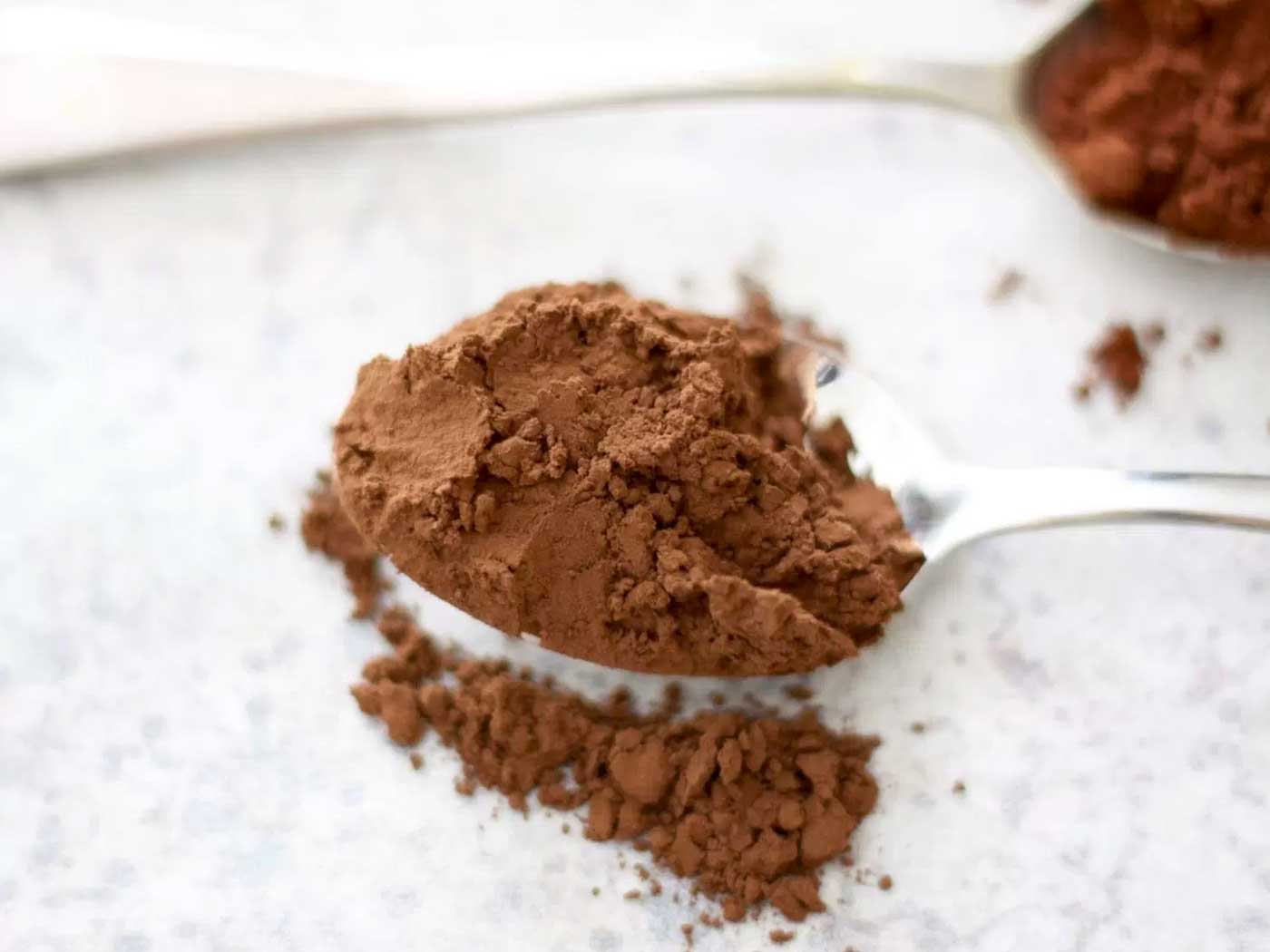
What is Dutch Process Cocoa Powder (AKA alkalised cocoa)?

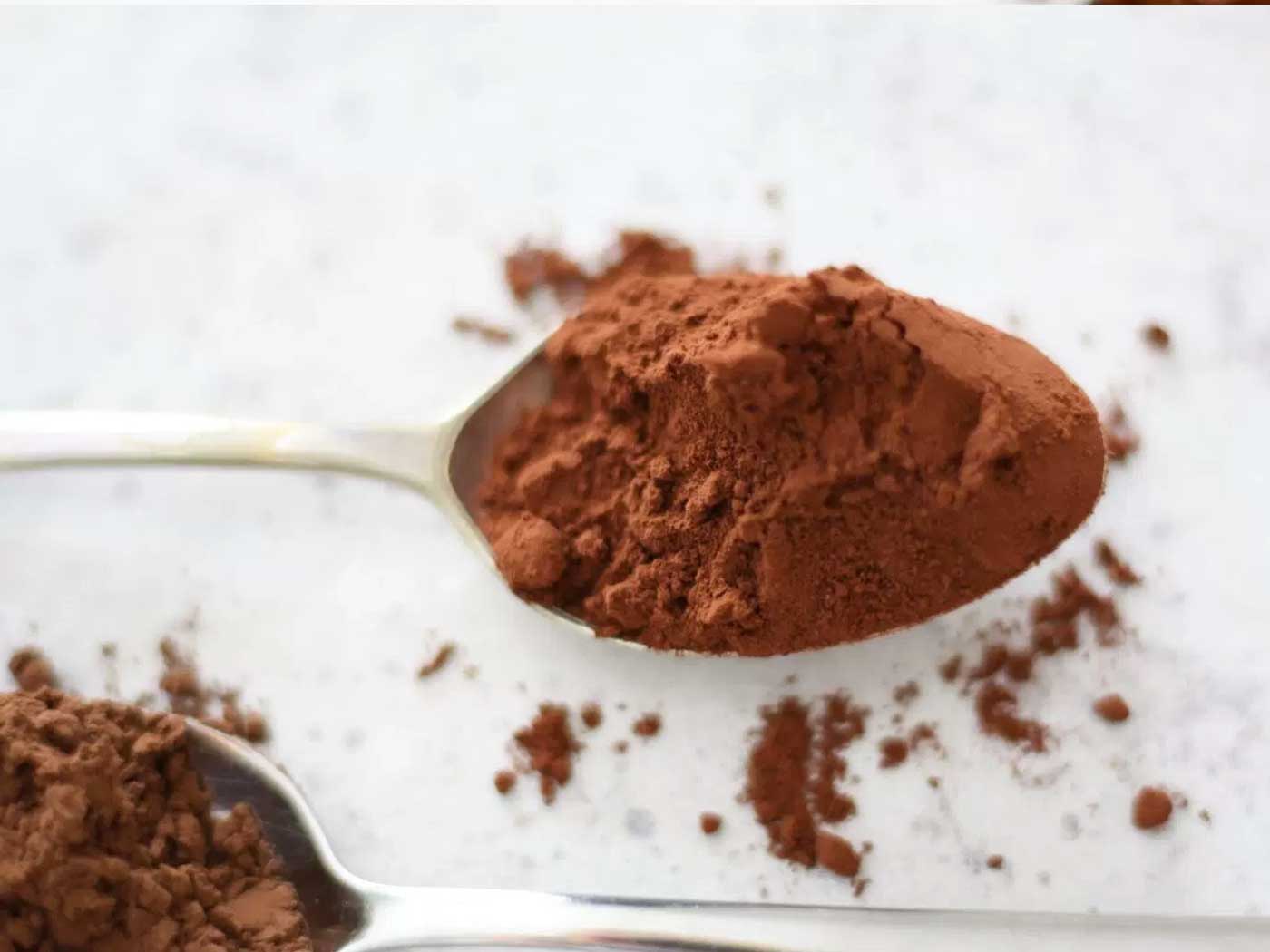
– a much darker powder (either reddish-brown or deep brown to black colour)
– a more ‘earthy’ taste, but milder flavour overall
– a fluffy textured powder
– a more soluble powder
Thus, dutch process cocoa is neutral or slightly alkaline with a pH of about 7 or 8, and is usually teamed with baking powder (in some cases, but never baking soda).
Can natural cocoa and dutch cocoa be used interchangeably?

It depends – if a recipe has no baking powder or baking soda (e.g. icing/frosting, sauces, hot cocoa and some brownie recipes) – then yes you can!
However, when recipes include baking soda or baking powder it gets a little more complicated – so be sure to always use the cocoa powder that is listed in the recipe.
Failing to do can result in a big mess.
For example, if you substitute natural cocoa power (acidic) with dutch cocoa powder (alkaline) when baking a cake that has baking soda (alkaline), you will likely have a big cake puddle mess in your oven. This is because there is not enough acid in the recipe for the baked good to set.
But what if the recipe doesn’t specify which one to use?!

My experience is that most recipes are referring to natural cocoa powder when it says “cocoa” and that they specify ‘dutch cocoa powder’ otherwise – this is the case for all recipes on this blog.
If in doubt, take a look at the rest of the ingredients in the recipe. If baking soda is listed, use natural cocoa powder. If baking powder is listed go for the dutch processed cocoa. Just remember to check that the recipe has enough acidity to set the baked good.
Typically, natural cocoa powder can replace dutch cocoa powder, but dutch cocoa powder cannot replace natural cocoa powder. So if you only have natural cocoa powder on hand, don’t worry?
Using cocoa powder:

- Have you ever wondered why hot water/hot liquid is used with recipes that have cocoa? Hot liquid serves two purposes:
1. hot water helps the powder to dissolve
2. It enhances its flavour.
- Cocoa powder needs to be treated like flour in terms of dryness in a recipe. If you are wanting to convert a plain cake recipe to a chocolate one, you should remove some of the flour and replace it with the same amount of cocoa instead of adding extra cocoa to the original recipe.
Are you still confused?? Let’s summarise:

Natural cocoa powder:
Light in colour, acidic, use baking soda (usually)
Dutch cocoa powder:
Dark in colour, alkaline, use baking powder
Make sure your recipe has enough acidity to set, preventing cake puddles in the oven (never fun!)
A good rule of thumb is to use natural cocoa powder unless otherwise stated – it’s the safest option in my experience.
Has this made you hungry for chocolate? Me too.
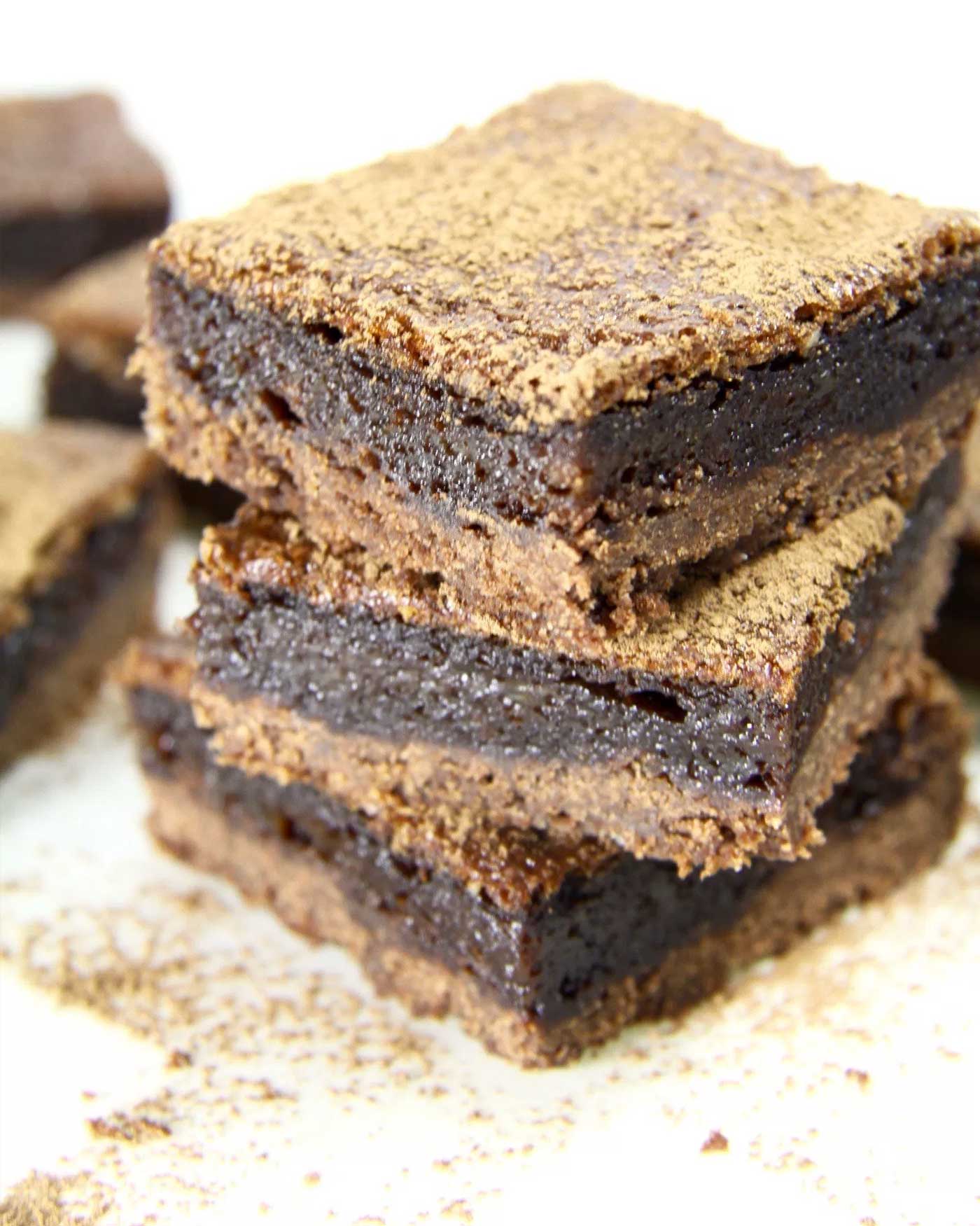
These perfectly gooey chocolate custard bars satisfy all chocolate cravings.
Note: These bars use natural cocoa powder with baking powder. This is because they need to be acidic so that they set. Using baking soda would make them less acidic and would make a mess in the oven. Another example of why using natural cocoa powder is safer than dutch cocoa powder.
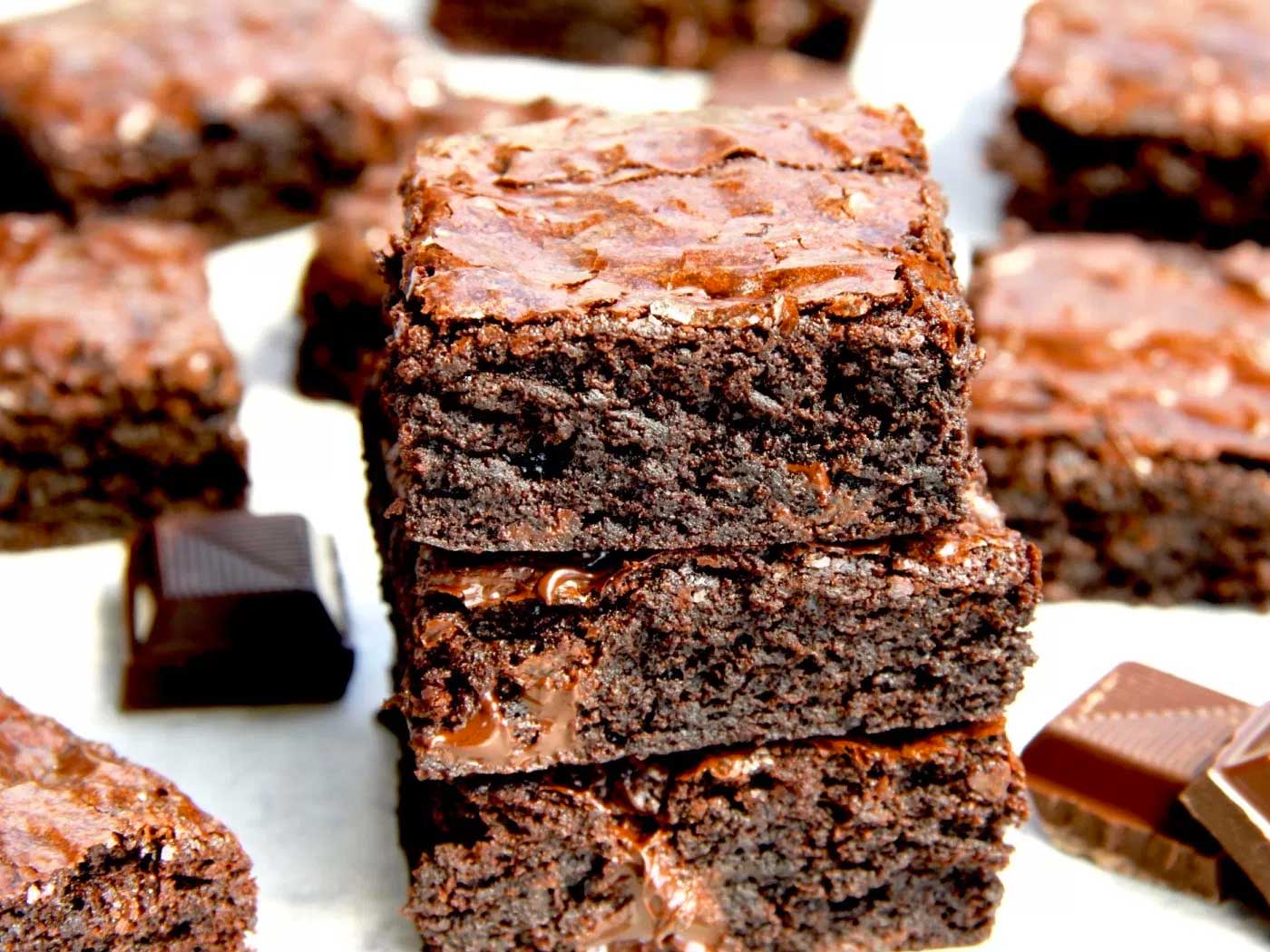
…as do these cocoa chocolate brownies. And you know what? No baking powder or baking soda is used in these so you can use which ever cocoa powder you have in the cupboard (though, I’ve only tested the recipe with natural cocoa powder before).
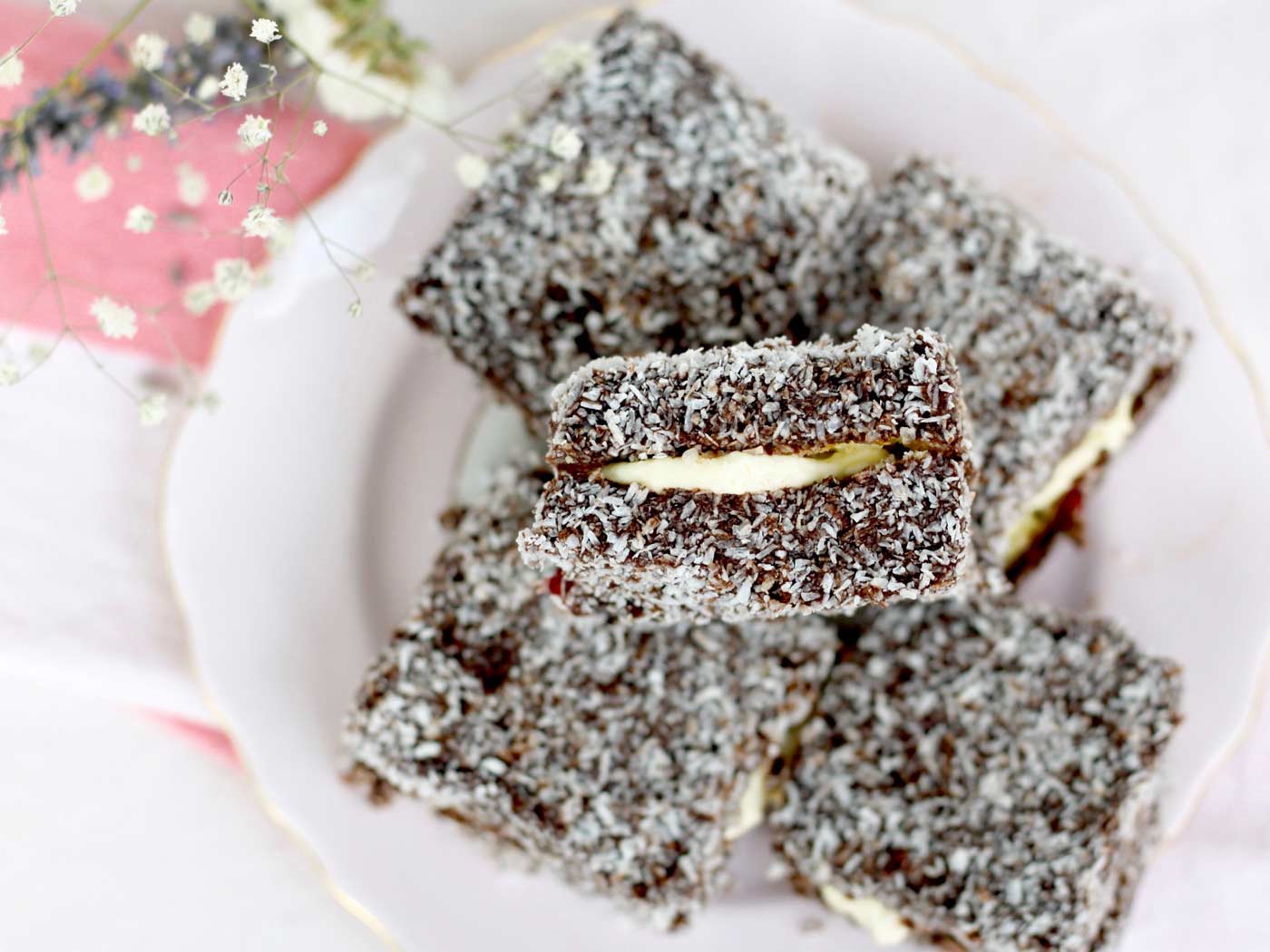
…the same when making the chocolate icing for these decadent little squares of joy (chocolate lamingtons). I actually prefer using dutch cocoa powder for these as it gives a darker colour which contrasts with the white coconut beautifully.
I hope this was helpful for you. For more tips and tricks, click on the links below.
Further reading:
Baking soda vs baking powder
The Creaming Method
How to prevent cakes from sinking in the middle and what to do if it’s too late!
How to line a cake tin
YOU MIGHT BE INTERESTED IN
![]()

